The Automotive Dream “One man and his dream had not simply left the world with an engine and four wheels; Henry Ford and his Model T had influenced people's everyday lives - where they lived, how they spent their leisure time, even how they viewed themselves.” - Gary...
An Introduction to Lagonda
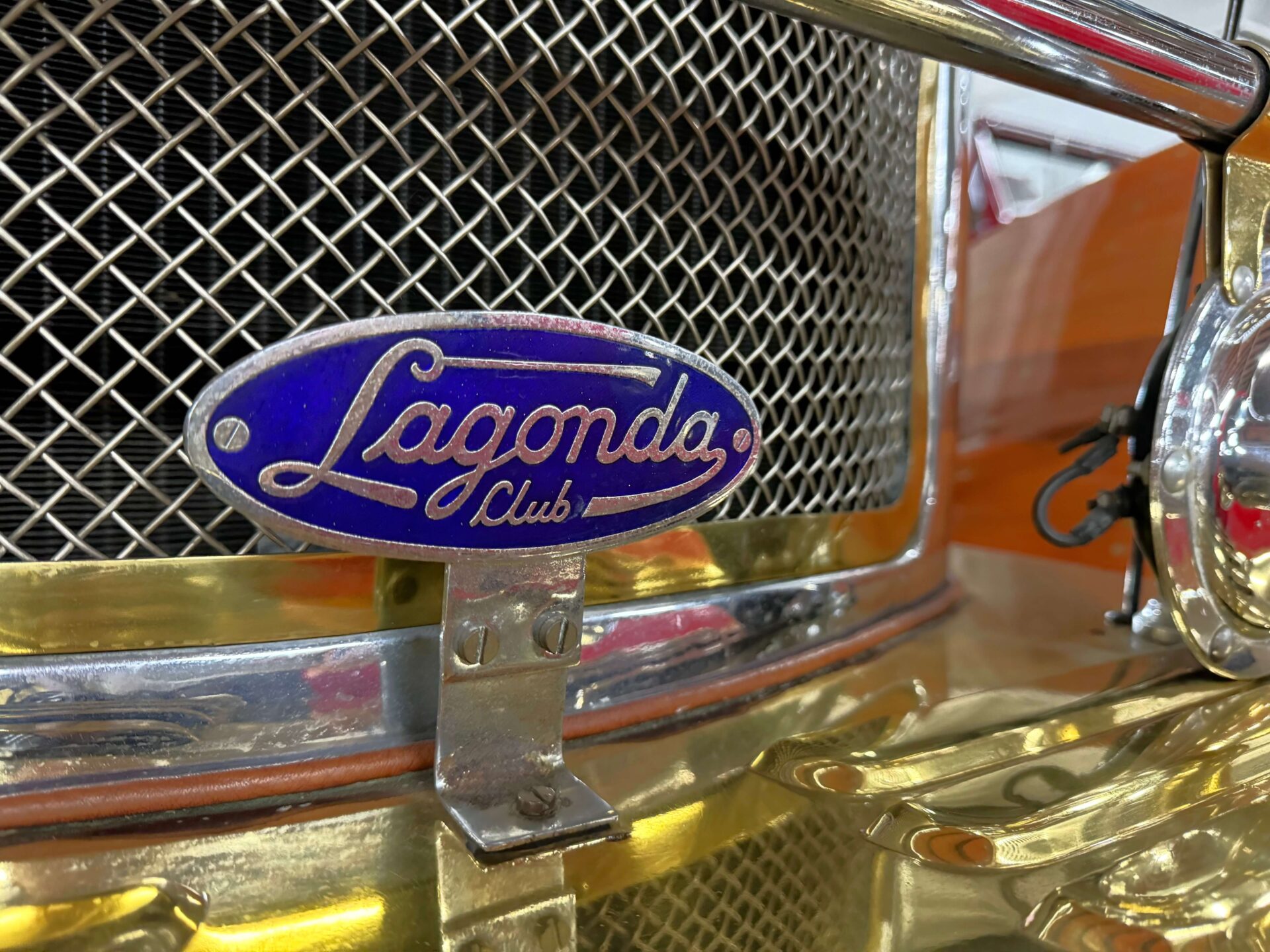
Recent posts
Lagonda 16/80 Special Six 1933
English Touring The car we present to you this week is the Lagonda 16/80 Special Six in the Demers Car Collection. Lagonda was a luxury British car brand that Aston Martin eventually absorbed. Through its association with Aston Martin, it is sometimes hard to remember...
Cadillac Model A 1903
The Standard of the World “No other American car on the market in the first decade of the century was constructed to higher standards than Cadillac.” - Stephen W. Sears in The Automobile in America Some of you may know that Cadillac has long had the slogan “Standard...
The Electric Starter
From the Crank to the Electric Starter “Notwithstanding the hilarious grandiosity of marketing materials from the early 20th century, many people believe the starter motor was the single car part that most transformed the automobile from a luxury fascination to...
Before Aston Martin
“The history of Lagonda cars is synonymous with sophistication, opulence, and groundbreaking performance” – An article for Discovery UK
Today, we may recognize the name Lagonda from its association with Aston Martin. Before these two brands united, Lagonda was an independent car manufacturer. From humble beginnings, it grew and developed. It acquired a good reputation in the racing world and became a prestigious brand. Keep reading to learn more about how the brand came to be, its early cars, and how it is linked to Bentley and Aston Martin.
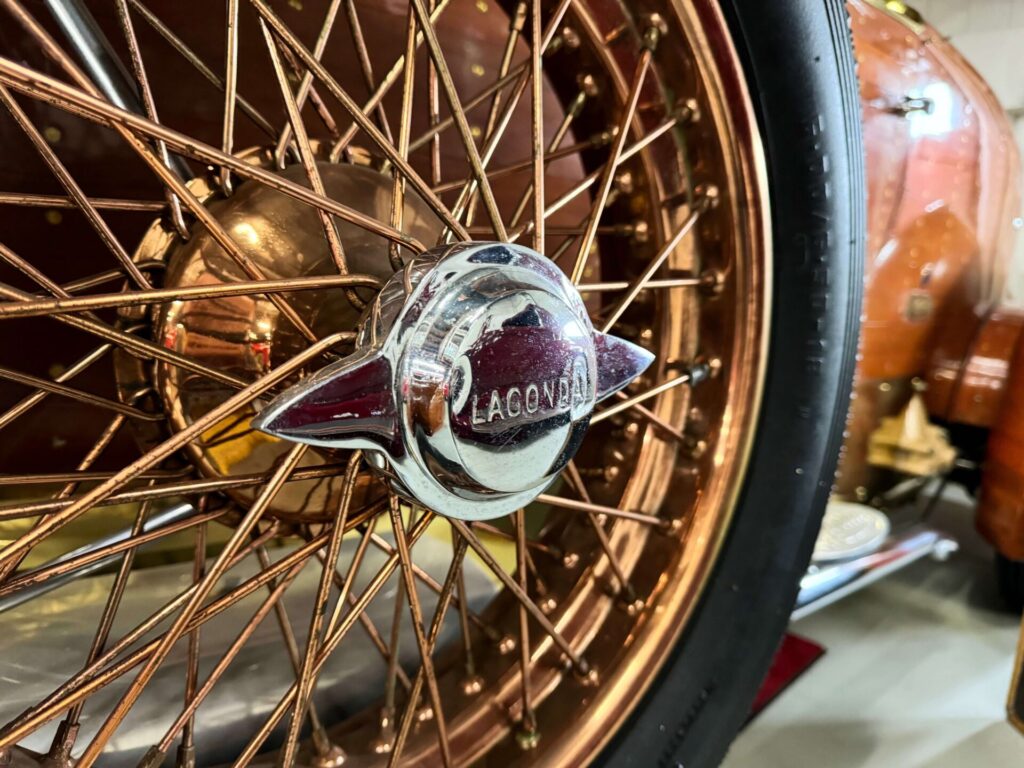
Before There Were Cars
The Lagonda brand is undeniably British. However, it is an American that founded it. The man behind the brand is Wilbur Gunn, born in 1859 in Springfield, Ohio. Gunn’s brother-in-law had an established business in the United States under the Lagonda Corporation name. The family business brought Gunn to travel to England in the 1890s, and, in 1897, Gunn settled in London to establish himself as an opera singer. Gunn was a multifaceted man. He was an artist, but also an engineer by training and an entrepreneur with vision and drive. In 1898, he started making motorcycles at home in his greenhouse in the West of London. The Lagonda factory eventually grew around this location. Pursuing both interests for a while, Gunn eventually abandoned his opera aspirations to grow his motorcycle business. In 1904, the motorcycles got a third wheel and were called forecars. These forecars had two-cylinder, water-cooled engines and, soon, wheel steering.
Gunn created the Lagonda Motor Cycle Co. to officially represent his trade adopting the family business name. Interestingly, “Lagonda” is a modified version of a Shawnee Indian name. “La Gonda” was what French settlers called what we now know as the Buck Creek River in Springfield, Ohio. The cars that Gunn’s company would soon produce would be called Lagondas.
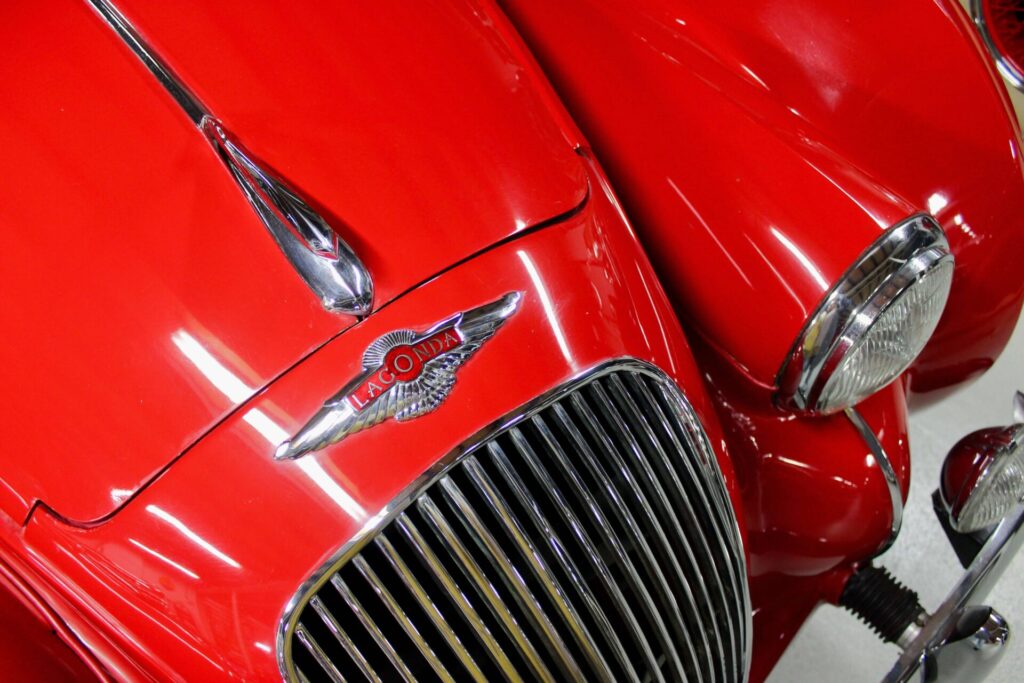
The Early Years
With the success of his three-wheeler, and anticipating the growth in importance of the automotive field, Lagonda made its first automobile in 1906. It was a 4-cylinder, four-wheel vehicle capable of 20 hp. It was sold the next year as a Torpedo and soon had 6 cylinders. In 1910, with co-pilot Bert Hammond, Gunn drove a Lagonda in a reliability trial between Moscow and St-Petersburg in Russia and won. The car used a new suspension system for the time and had a monocoque construction decades before it became popular. This international win caught the attention of the tsar and Russian buyers. The company’s early success can be attributed to its international exports to Russia.
Although Gunn died in 1920, Lagonda survived him. Led by a management team, it continued to innovate and participate in racing. Throughout the years, the brand experimented with engine sizes, but also monocoque body designs, anti-roll bars, various braking systems and other technologies. By 1925, Langoda had established its reputation as a maker of sports cars. From then on, Lagonda cars also gained in prestige. In the 1930s, Lagonda started bringing coachbuilding in-house. Their fast, sports cars were now luxurious and became what we can now describe as Grand Tourers.
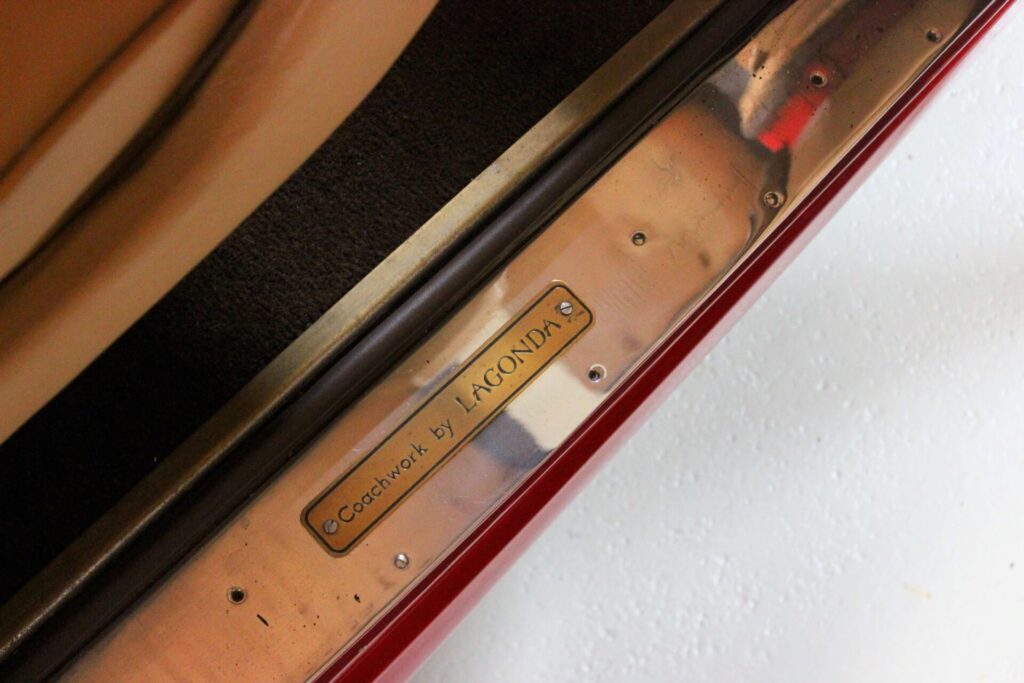
The Bentley Connection
In the mid-1930s, Lagonda offered a variety of different models and continued to partake in motor racing. Notably, they won at Le Mans in 1935. The cars were well-appreciated and popular, but the company faced financial difficulties. The same year as their big racing win, the company was put into receivership. There were talks about an absorption by Rolls-Royce, but Alan Good saved the company from bankruptcy and allowed it to remain independent. At this time, Rolls-Royce had already acquired the Bentley Motor Cars company. This was good timing for Lagonda as Bentley’s creator W. O. Bentley was unhappy with the merger and quit his position. Good took the opportunity to appoint Bentley as chief designer and technical director for Lagonda.
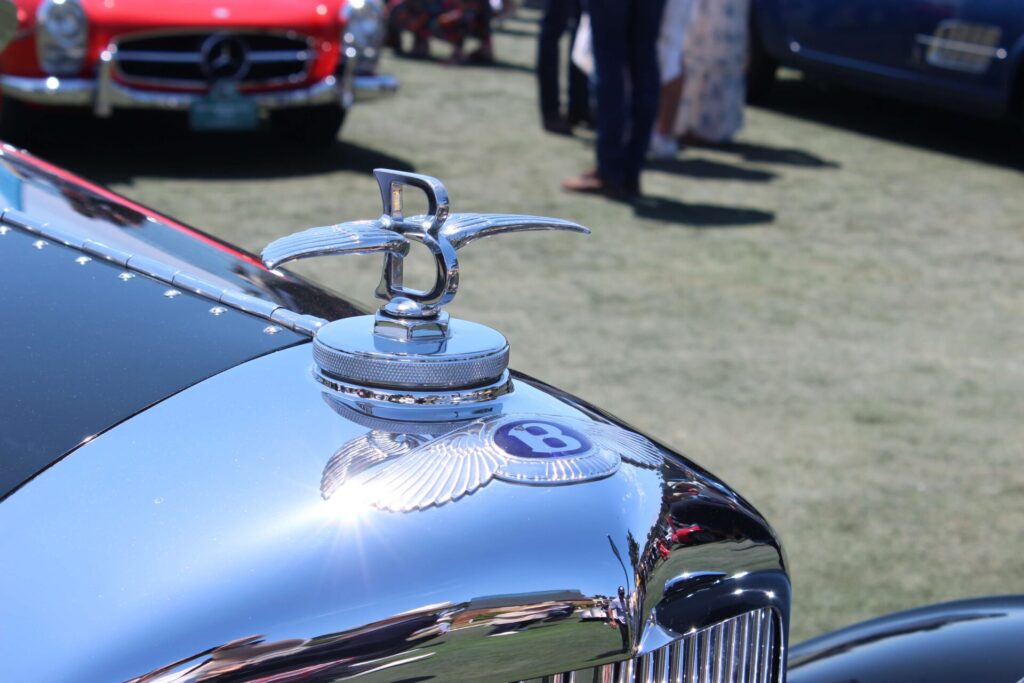
In this period, Lagonda built some of its best cars, the most famous of which is the Rapide. Intended to compete with the likes of the Mercedes 540K, it turned out to be a great sports car. Bentley influenced the design of a mighty V12 engine that powered the Rapide in 1937. Some say that this engine was Bentley’s greatest achievement. The Rapide offered great performance and styling. For about a decade, Lagonda prospered under Bentley’s wing. Then, the Second World War disrupted car production. After the war, Bentley focused on producing a smaller Lagonda car with leftover parts instead of further developing its promising V12.
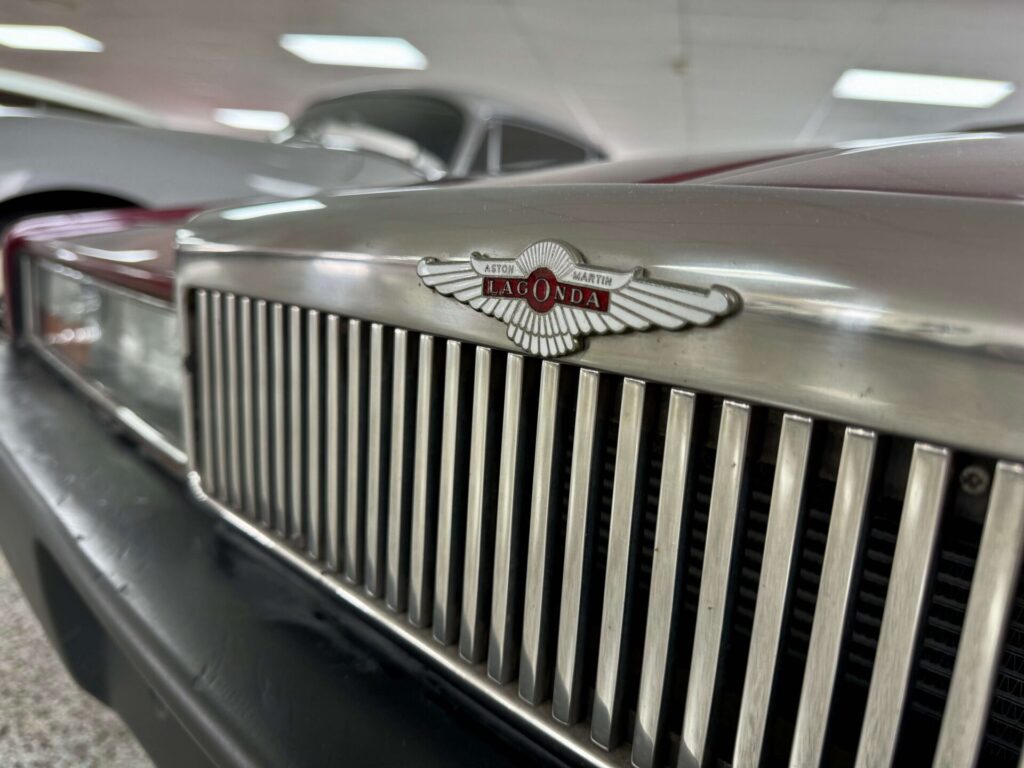
The Aston Martin Connection
Because of the lack of car sales during the war years, Lagonda was yet again in a precarious financial situation at the end of the Second World War. This time, it is David Brown who came in to save it in 1947. Brown was already at the head of Aston Martin. Although some Lagonda cars were made from then on, Benltey’s smaller engine was used instead in Aston Martin’s DB2. Eventually, David Brown merged the two firms’ interests in one bigger factory, but Bentley, on whom Lagonda relied, did not follow in the merger. From then on, although some small production cars under the Lagonda badge saw the light of day, Lagonda was never what it used to be. In 1958, the two great English car makers truly became one under the Aston Martin Lagonda name. Today, we often forget that Aston Martin carries the legacy of Lagonda.
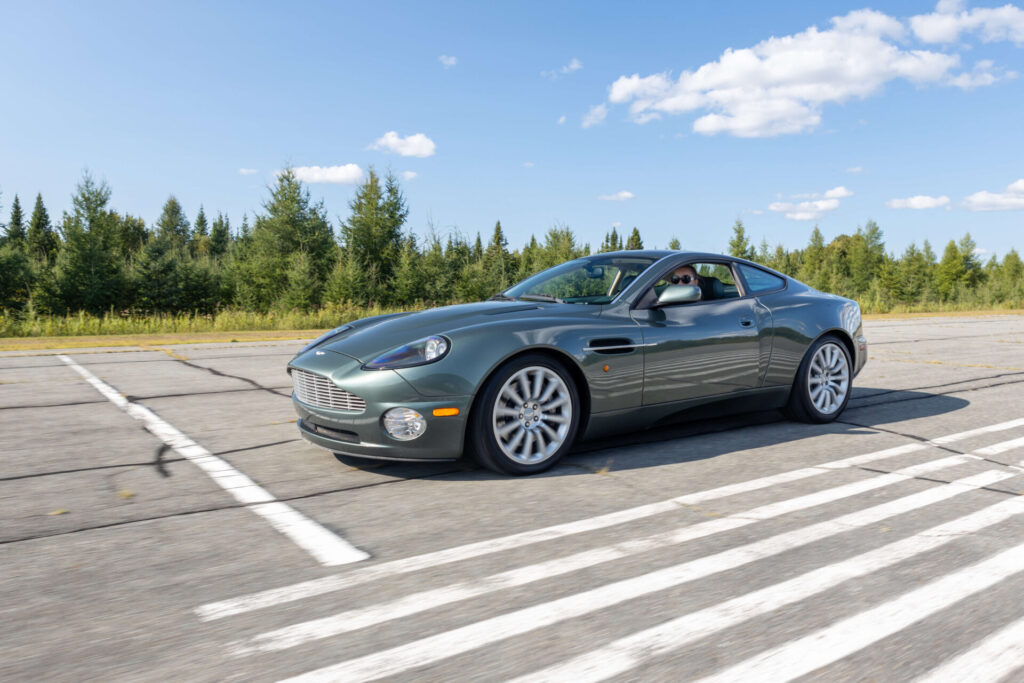
What Now?
Although Lagonda-badged cars appeared sporadically throughout the last few decades, the brand mostly remains dormant. Nevertheless, it had a fascinating story and made great cars we still appreciate today. Don’t miss next week’s article in which we introduce you to a Lagonda 16/80 from 1933.



